Cannabis is a plant that is of great interest to growers due to its unique properties and potential. Mature cannabis has the highest levels of cannabinoids and terpenes, making it the most effective to use. Determining the right time to harvest is an art that often relies on the experience and intuition of the grower.
Visual signs
One of the most accessible and widely used ways to determine the maturity of cannabis is to refer to the visual signs of the plant. Growers often begin judging maturity by paying attention to the color of the pistils, the fine hairs that grow from the flower glomeruli. At the beginning of flowering, they are usually white, but as they mature, they change their color to orange or red, depending on the variety. This change in pistil color is one of the first signs that cannabis is approaching maturity.
Along with changes in pistil color, growers pay attention to the condition of trichomes - small resinous glands on the surface of flowers. Trichomes contain cannabinoids and other chemical compounds that give cannabis its unique properties. At the beginning of flowering, the trichomes are usually transparent, but as they mature, they become cloudy and change their color to a milky white or honey shade. This change in trichome color is another important sign that indicates the cannabis is ready for harvest.
In addition, growers pay attention to the color of the leaves and the aroma of the plant. Although these characteristics can vary by strain, in general mature buds have a strong and pleasant aroma that can be fruity, floral or spicy. The leaves can also give some indication of maturity: they may turn yellow or begin to dry as the plant nears the end of flowering.
Visual signs of cannabis maturity are one of the most accessible and understandable methods of determining harvest readiness. By paying attention to changes in the color of the pistils, the condition of the trichomes, as well as the aroma and condition of the leaves, growers can determine the optimal moment to harvest and get the best results.
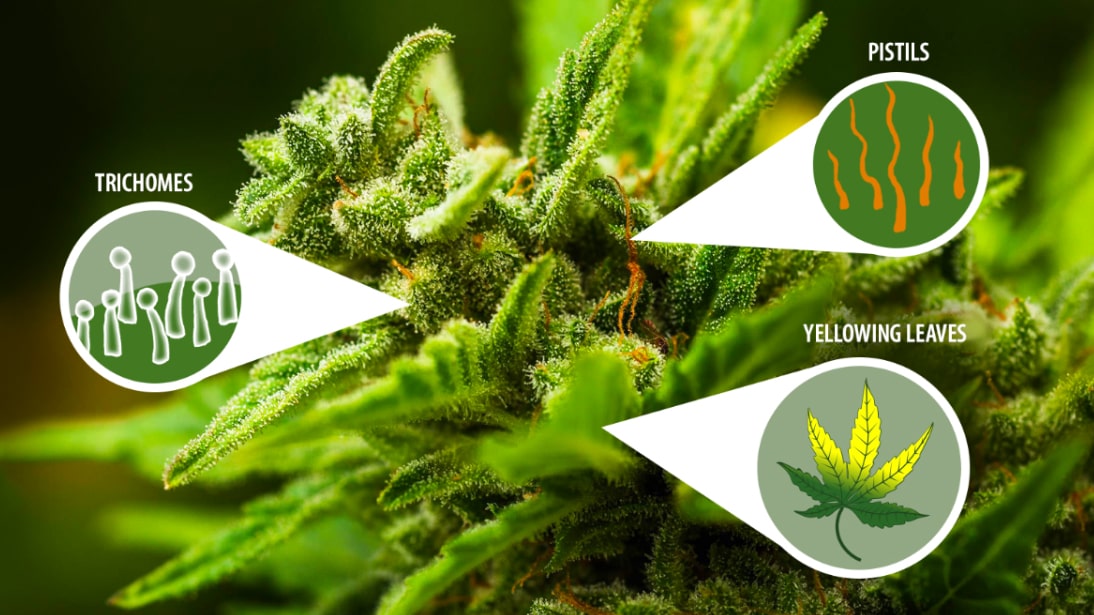
Microscopy of trichomes
One of the most accurate methods of determining the maturity of cannabis is the use of trichome microscopy. Trichomes are small resinous glands on the surface of flowers that contain cannabinoids and other chemical compounds responsible for the plant's psychoactive and medicinal properties.
The microscope is able to help growers see the structure and color of trichomes at a higher resolution. At the beginning of flowering, when cannabis is just starting to develop, the trichomes are usually clear or have a light milky shade. However, as they mature, they become cloudy and change their color to milky white or even amber. This change in trichome color is a sure sign of readiness for harvesting.
Microscopy of trichomes allows growers to more accurately determine the optimal moment for harvesting, based on the state of the plant's resin glands. This method is often used by experienced growers who are looking for maximum accuracy in determining the maturity of their cannabis.
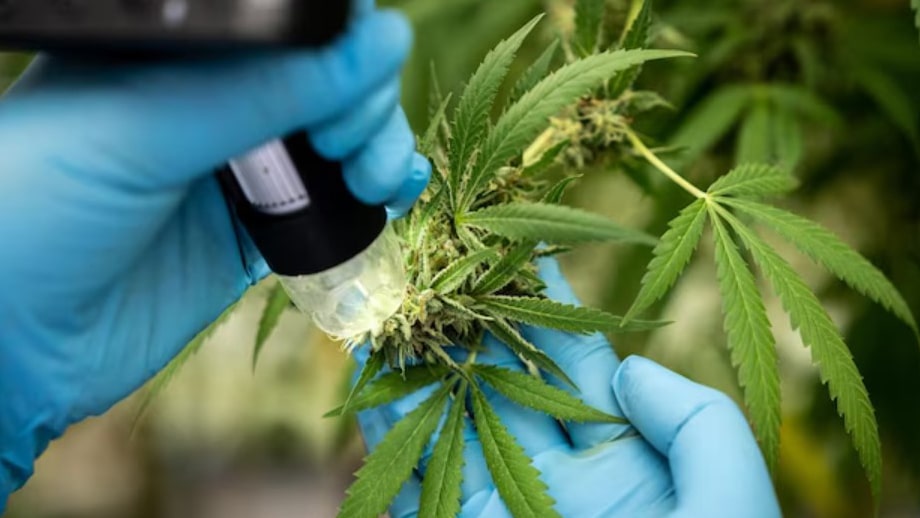
Flowering time and genetics
The flowering time of each cannabis variety can vary greatly and vary depending on the genetics of the plant. Usually, the expected flowering time is indicated, which can be expressed in the number of weeks or days. This time is only a guideline, but not an absolute rule, as the actual flowering time can vary due to many factors, including growing conditions, fertilizers, soil type, lighting and more.
In addition, the genetics of the plant also play a key role in determining the maturity of cannabis. Different varieties have different signs of maturity, which can differ in color, shape and texture of flowers, leaves and pistils. For example, sativa strains may have a longer flowering period and exhibit more vigorous growth, while indica strains may flower faster and have more compact buds.
Studying the genetics of a particular cannabis variety can help the grower better understand its characteristics and signs of maturity, which in turn will make it easier to determine the optimal time to harvest. Due to the flowering time and unique genetic characteristics, growers can more accurately determine when the cannabis is ready for harvest and get the best results in the growing process.
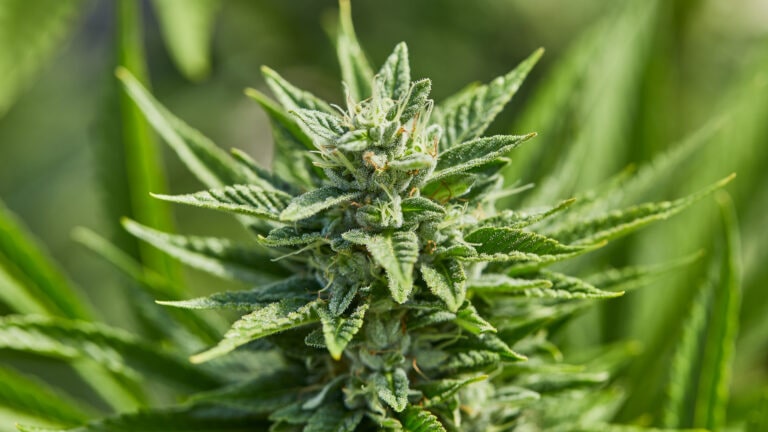
Experience and intuition
Although there are various methods and signs that help determine the maturity of cannabis, there is no substitute for the experience and intuition of an experienced grower. Practical experience plays an important role in understanding the intricacies of growing cannabis and determining the optimal time to harvest.
Experienced growers can determine the maturity of cannabis simply by looking at the plant and assessing its condition. They can consider not only visual cues like pistil color and trichome condition, but also more subtle aspects like bud structure, leaf texture and overall plant health.
Intuition accumulated over years of working with plants also plays an important role in the process of determining the maturity of cannabis. Experienced growers can sense when a plant has reached its peak maturity, even if they can't exactly explain it in scientific terms. This feeling can come from observing the plant throughout its life cycle, and they can sense its changes and energies. Ultimately, determining the maturity of cannabis is an art that combines scientific knowledge, practical experience and intuition.
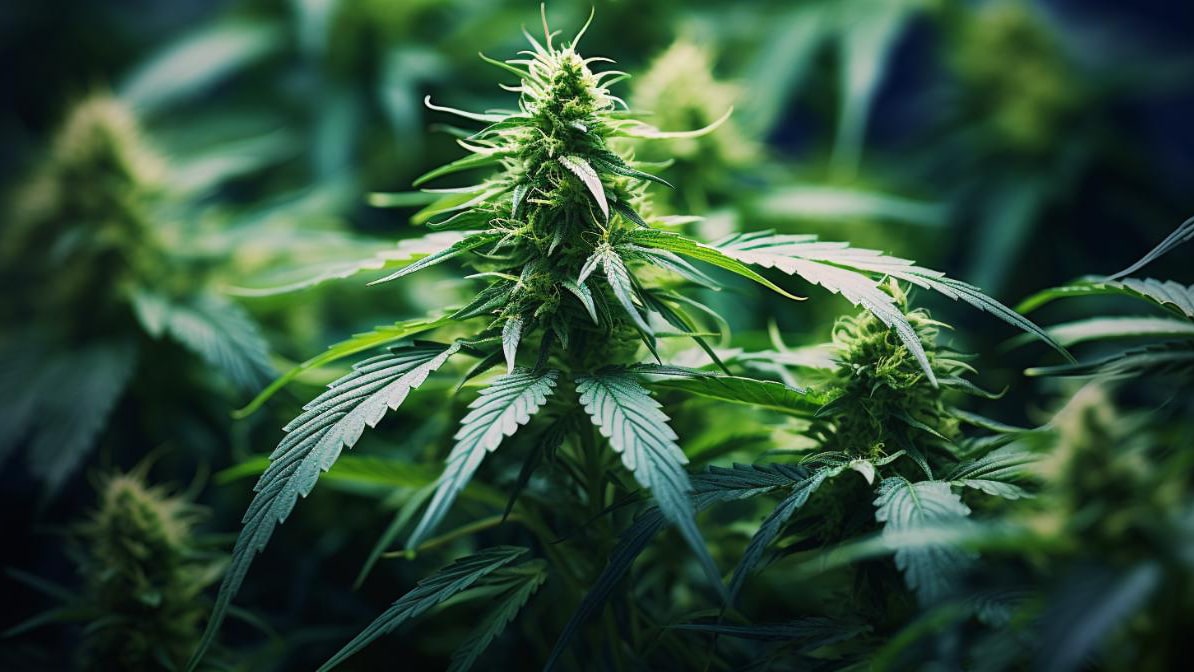
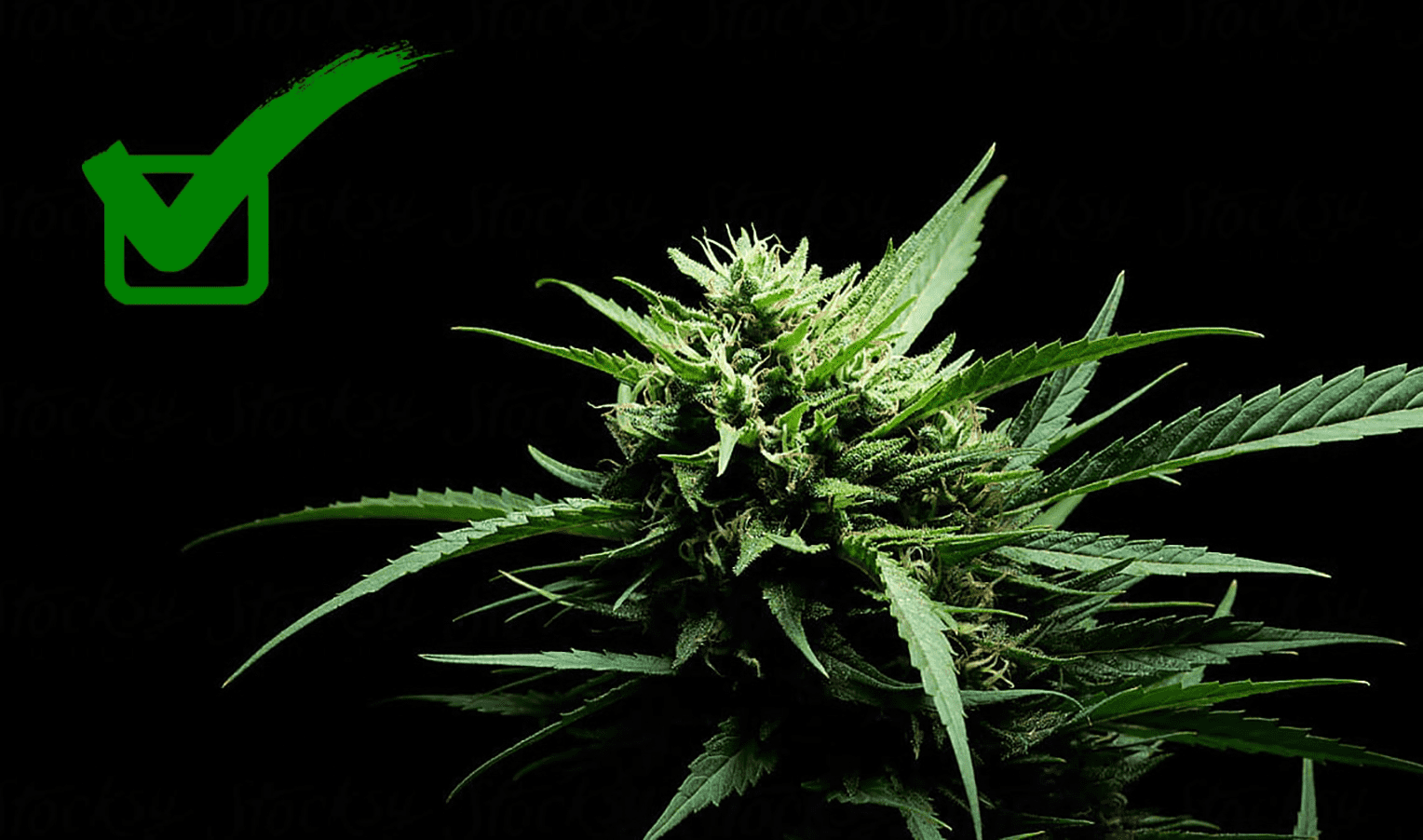
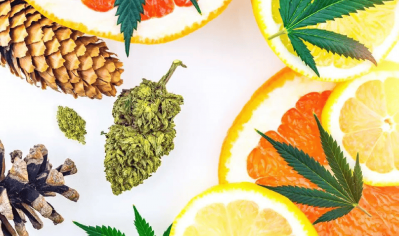
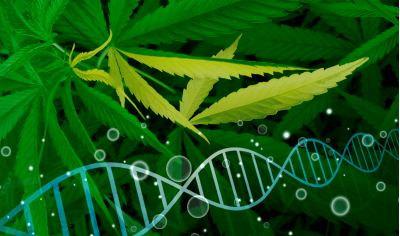
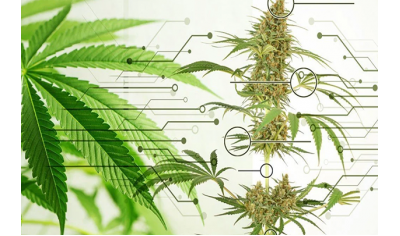
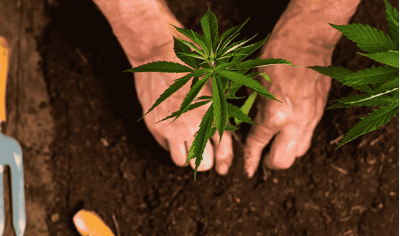
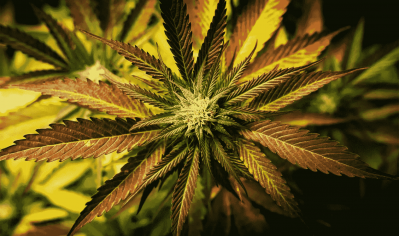
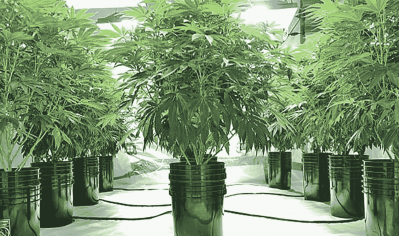
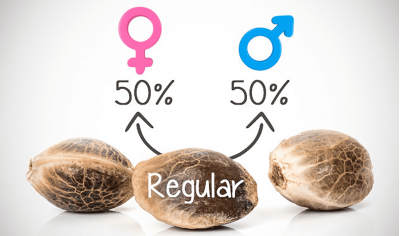
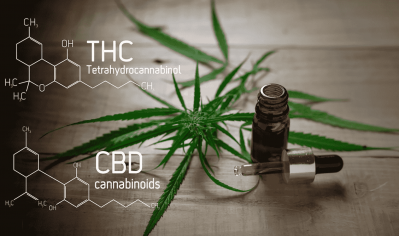
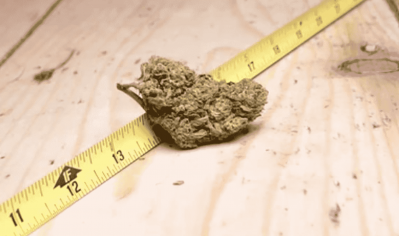
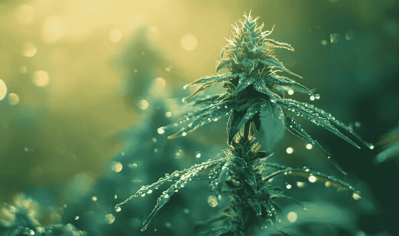
Write a comment